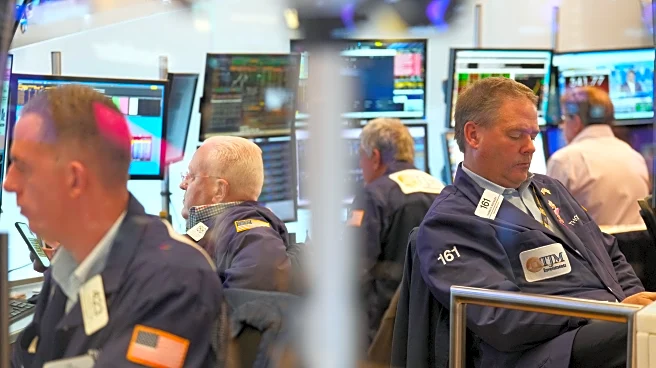What's Happening?
AMD has announced its third-quarter financial results for 2025, reporting a record revenue of $9.2 billion, a 36% increase year-over-year. The company's performance was driven by strong demand for its EPYC and Ryzen processors and Instinct AI accelerators.
Despite the impressive results, AMD's revenue did not include shipments of its Instinct MI308 GPU products to China due to U.S. export controls. These restrictions had previously led to $800 million in inventory charges. AMD's strategic partnerships and investments in AI and high-performance computing are expected to drive future growth.
Why It's Important?
AMD's record revenue highlights the company's resilience and ability to capitalize on the growing demand for high-performance computing and AI technologies. The export controls on GPU shipments to China reflect broader geopolitical tensions affecting the semiconductor industry. AMD's success underscores the importance of innovation and strategic partnerships in navigating regulatory challenges and maintaining competitive advantage. The company's growth trajectory positions it as a key player in the global technology landscape, influencing industry standards and market dynamics.
What's Next?
AMD's outlook for the fourth quarter of 2025 anticipates continued revenue growth, with expectations of approximately $9.6 billion. The company plans to expand its AI infrastructure through partnerships with OpenAI and Oracle, deploying significant GPU resources. These initiatives are likely to enhance AMD's market position and drive further advancements in AI technology. The ongoing export controls may continue to impact AMD's operations, requiring adaptive strategies to mitigate risks and capitalize on opportunities.
Beyond the Headlines
The situation with export controls raises questions about the balance between national security and global trade. AMD's focus on AI and high-performance computing reflects broader industry trends towards automation and digital transformation. The company's strategic moves may influence future regulatory policies and international relations, as governments seek to protect technological assets while fostering innovation.















